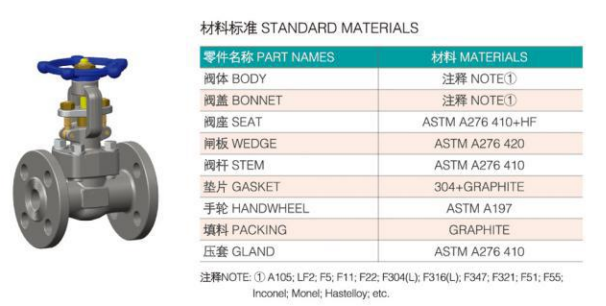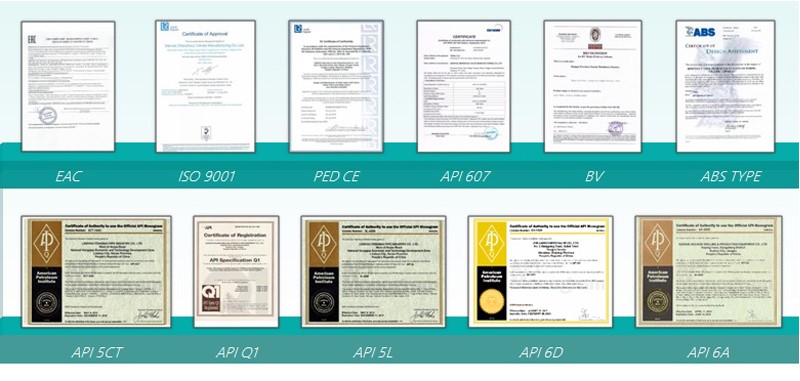지불:
30% when order confirmed, 70% before shipment제품 원산지:
China색:
Customization배송 포트:
Shanghai, China리드 타임:
30~60 days Ex Works after order confirmationMaterial:
Forged Steel A105제품 설명
유형 | 게이트 밸브 |
크기 | 1 인치 |
압력 | 클래스 300 |
건설 | bb, OS&Y, 솔리드 웨지, 일체형 플랜지, 라이징 스템 |
연결 | RF 플랜지 |
작업 | 핸드휠 |
본체 재료 | 단조강 a105 |
디자인 코드 | API 602, ASME b16.34 |
대면 코드 | 시 b16.10 |
연결 코드 종료 | 시 b16.5 |
압력 및 온도 코드 | 시 b16.34 |
테스트 및 검사 코드 | API 598 |
온도 범위 | -29℃~+425℃ |
중간 | 물, 석유 및 가스 |
기원 | 중국 |
재료

상업적 조건
배송 기간: FOB, CIF, CFR, DDU, ddp
배달 시간: 주문 확인 후 공장도 35~60일
지불 기간: 주문 시 30% T/T, 선적 전 70% T/T
우리의 서비스
- 커스터마이징 서비스
고객의 요청에 따라 다양한 표준, 재질, 크기, 및 압력 등급의 밸브를 제공할 수 있습니다.
-보증 기간
발송일로부터 18개월 보증 기간 제공. 적시 응답 및 부적합 주장 시 실행 가능한 솔루션 제공.
품질 검사
dervos는 최종 라운드 검사, 외에도 제품 품질.에 대한 엄격한 통제를 하고 있습니다. 우리의 품질 검사 팀은 주조 또는 단조, 기계 가공, 압력 테스트, 치수 검사,에서 밸브 품질도 검사합니다. 페인팅 및 포장.

인증서
API 6D, API 607, ISO9001, API 6A 등.과 같은 클라이언트의 요청,에 대한 보고서를 제공할 수 있습니다.

에 관심이 있다면 우리의 제품과한 자세한 내용을 알고 싶다면,메시지를 남겨주십시오 여기,우리가 응답할 것입니다 당신은 빨리 우리가 할 수 있습니다.